The Importance of Character Arcs
Every book needs two elements—a plot and characters. Most writers understand that their story is comprised of a beginning, middle, and end. The beginning is about the Call to Action or what makes the protagonist get involved in the story’s events. In the case of mysteries, this is a murder or another crime. The middle details the steps the protagonist takes on her way to figuring out whodunit. The end is all about how the protagonist solved the crime—the finale, where the perpetrator is caught, and the denouement, where all the various strands of the story are satisfactorily explained.
What many newer authors don’t understand, though, is that the characters in a book must also have their own arcs. This is especially true in series where reader follows various characters through the course of many books. Character growth is essential. No character should be in the same emotional and mental place at the start of either a single title book or a series. When that happens in a series, the author is merely writing the same book over and over with only the names, places, and crimes changing in each subsequent story.
All recurring characters in a series need arcs, not just the protagonist. However, the arc doesn’t have to be in the reader’s face. An arc can be subtle and develop over time as the series progresses.
In Sorry, Knot Sorry, the recently released thirteenth book in my Anastasia Pollack Crafting Mystery Series, Anastasia’s relationship with Detective Sam Spader takes a major turn. Detective Spader was first introduced in Revenge of the Crafty Corpse, the third book in the series, when he suspected Anastasia’s communist mother-in-law Lucille of murdering her roommate at a rehabilitation center.
Readers of the series know there’s no love lost between Anastasia and Lucille. However, although Lucille has many flaws, Anastasia knows she’s all bark and no bite. So she sets out to find the real killer. Spader has continued to pop up in subsequent books in the series, and his relationship with Anastasia has grown from adversarial to one of grudging respect.
In this latest book, a man is gunned down in front of Anastasia’s home. There is little in the way of clues and no witnesses. The sheriff’s office is short-staffed due to vacations and a summer flu bug that has hit many county employees. Plus, there’s no money left in the annual budget to hire more officers. The detective admits he needs Anastasia’s help. He knows she has a way of seeing things that others often miss.
Over the course of eleven books, Spader has grown. He’s not the only one. The story arcs of many of the characters in the series have continued to develop. Some character growth has been for the better, some for the worse. But everyone changes in some way, making for a series that continues to grow beyond just the number of books.
An Anastasia Pollack Crafting Mystery, Book 13
Magazine crafts editor Anastasia Pollack may finally be able to pay off the remaining debt she found herself saddled with when her duplicitous first husband dropped dead in a Las Vegas casino. But as Anastasia has discovered, nothing in her life is ever straightforward. Strings are always attached. Thanks to the success of an unauthorized true crime podcast, a television production company wants to option her life—warts and all—as a reluctant amateur sleuth.
Is such exposure worth a clean financial slate? Anastasia isn’t sure, but at the same time, rumors are flying about layoffs at the office. Whether she wants national exposure or not, Anastasia may be forced to sign on the dotted line to keep from standing in the unemployment line. But the dead bodies keep coming, and they’re not in the script.
Craft tips included.
Preorder Buy Links (releasing 6/4/24)
Amazon https://amzn.to/4a8JyVJ
Kobo https://www.kobo.com/us/en/ebook/sorry-knot-sorry
Nook https://www.barnesandnoble.com/w/sorry-knot-sorry-lois-winston/1145047275?ean=2940186076698
Apple Books https://books.apple.com/us/book/sorry-knot-sorry/id6479363569
USA Today and Amazon bestselling and award-winning author Lois Winston writes mystery, romance, romantic suspense, chick lit, women’s fiction, children’s chapter books, and nonfiction under her own name and her Emma Carlyle pen name. Kirkus Reviews dubbed her critically acclaimed Anastasia Pollack Crafting Mystery series, “North Jersey’s more mature answer to Stephanie Plum.” In addition, Lois is a former literary agent and an award-winning craft and needlework designer who often draws much of her source material for both her characters and plots from her experiences in the crafts industry. Learn more about Lois and her books at her website www.loiswinston.com where you can also sign up for her newsletter and follow her on various social media sites.


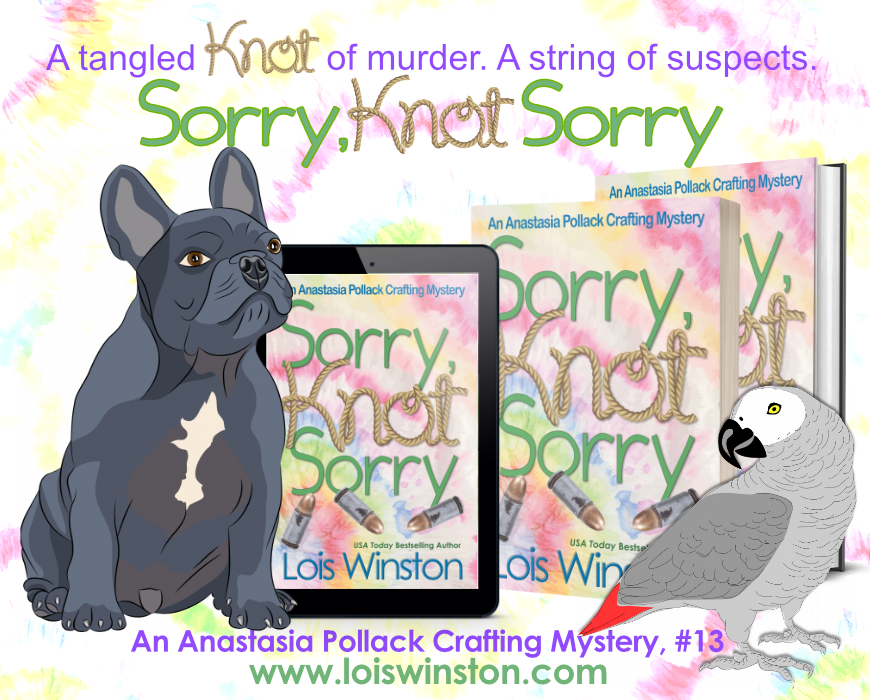
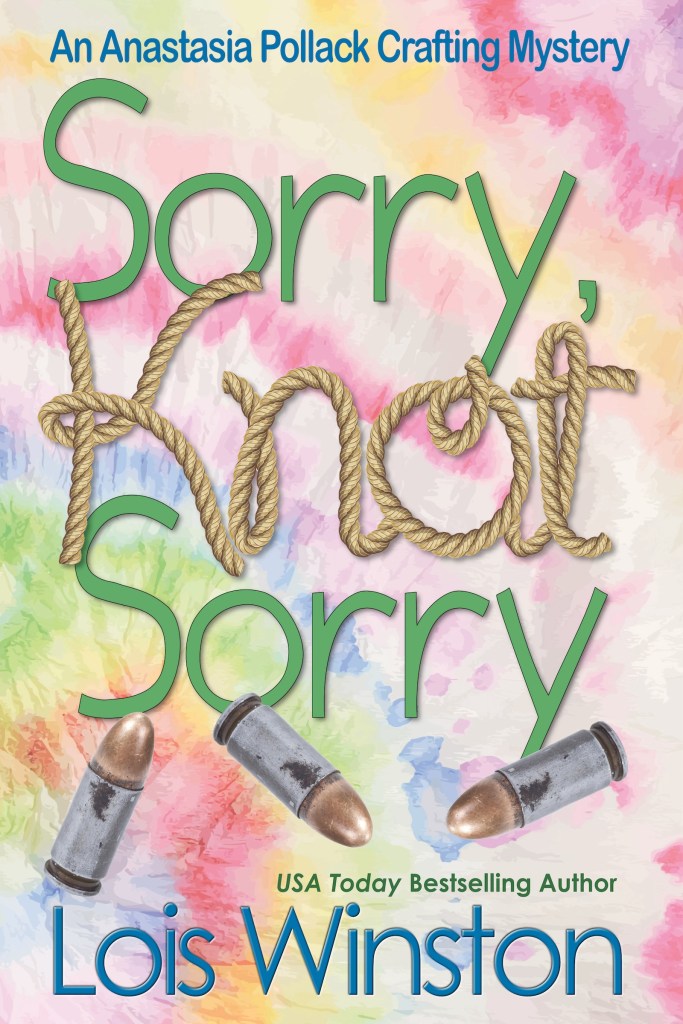


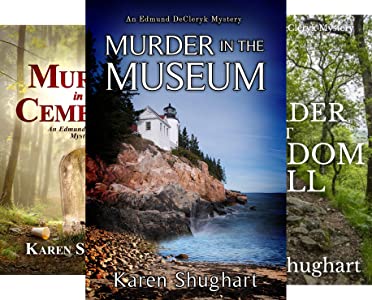


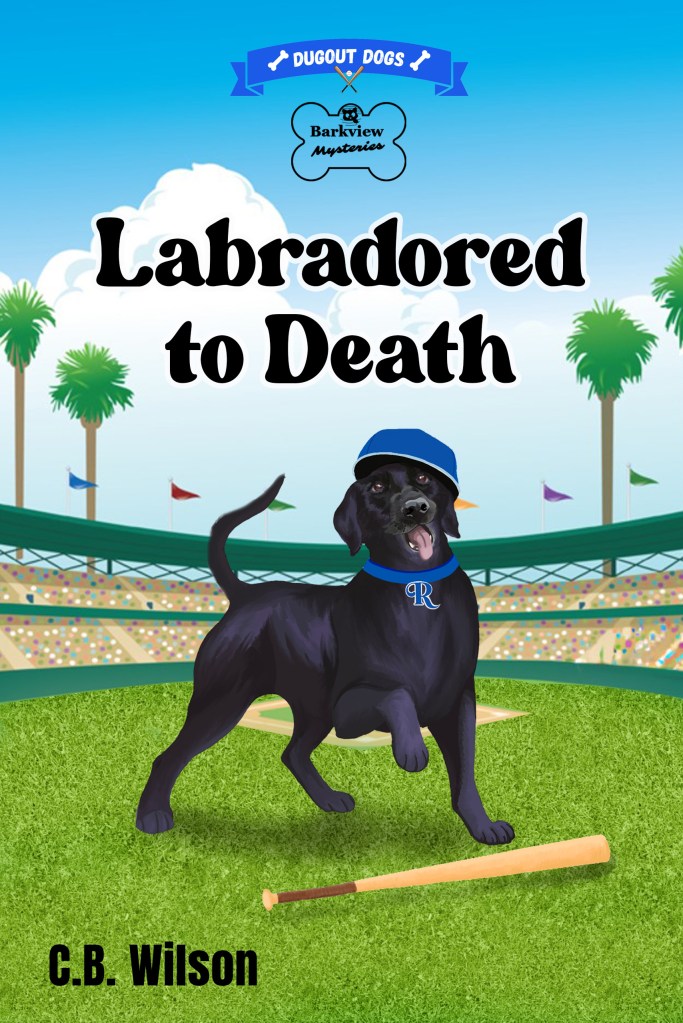
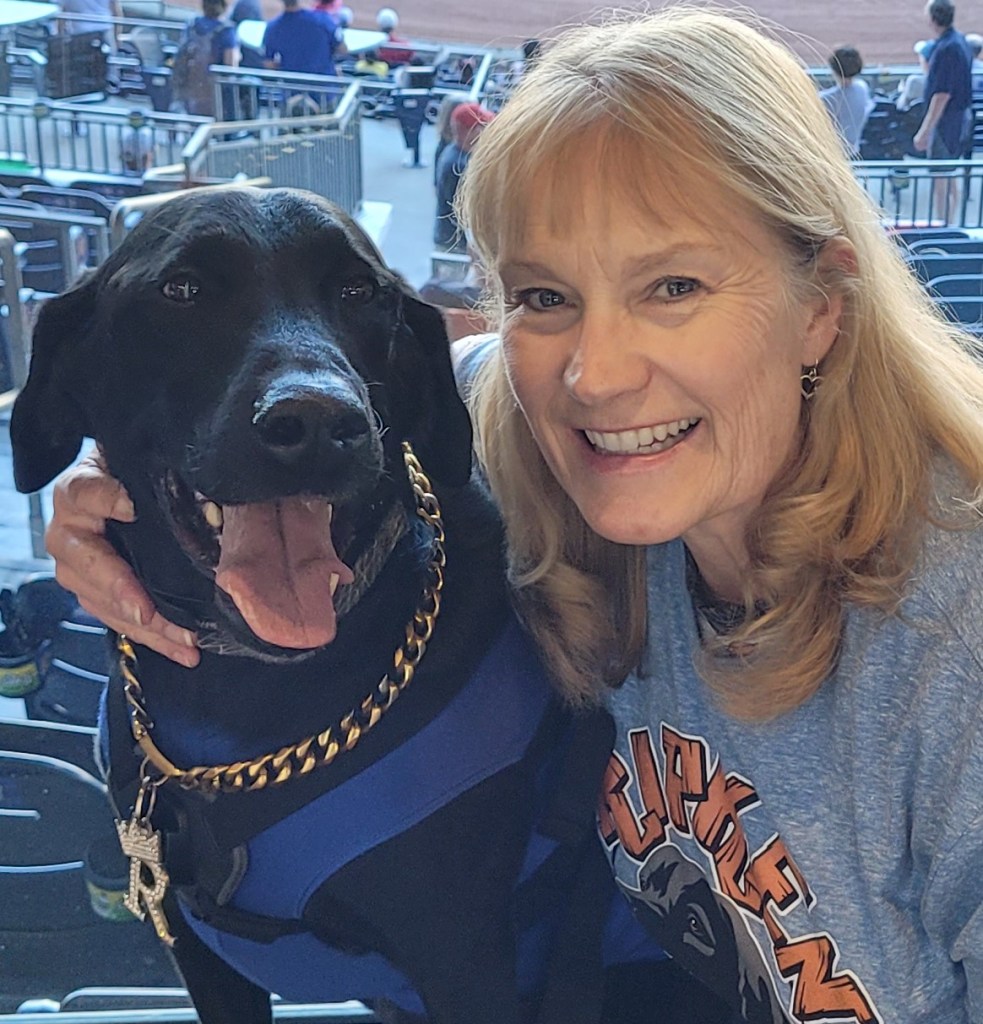




You must be logged in to post a comment.